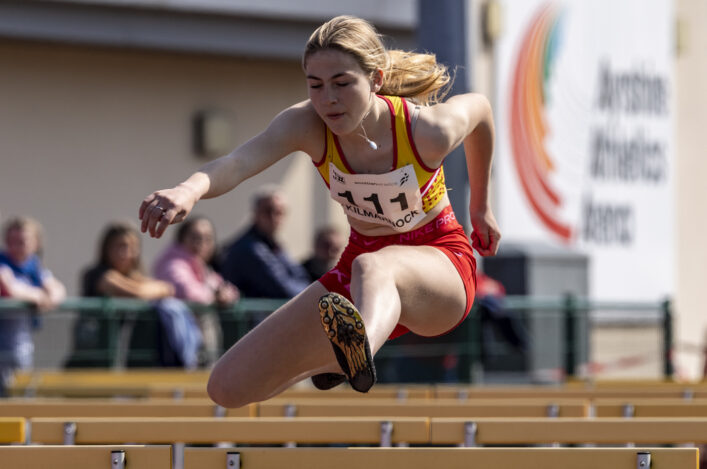Classification
What is Classification?
Classification within para athletics is used to define who is eligible to compete and to ensure fair competition. There are 10 eligible impairment types within athletics and a minimum impairment criteria within each of these. Athletes are assessed according to the impact of their impairment on the sport and are given a sports class accordingly. Classification ensures that success is determined by hard work, skill, and talent.
Who Should be Classified?
In Scotland all athletes can compete at most club, regional and national open events. However, classification is required to compete at some events held by UK Athletics, disability-specific events and at a higher national and international level.
Athletes should be classified when they show potential for competing at high national or international level. Athletes must be at least 11 years old and have been involved in the sport for at least 3 months. They must have a confirmed diagnosis of a permanent health condition that has been present for at least 12 months.
If an athlete shows potential and is interested in being classified, the coach, club or athlete should initially contact National Disability Pathway Officer Pamela Robson to begin the process.
The eligible impairment groups currently in the Paralympic Pathway are listed in the guide below:
| Impairment | Requirements | Track classes | Field classes |
| Visual | Have an impairment in both eyes and a severe restricted view. | T11-13 | F11-13 |
| Intellectual | Have an IQ of less than 75 and limitations in everyday skills. | T20 | F20 |
| Hypertonia | Reduction in the body's ability to stretch due to increased muscle tension. | T35-38 T32-34 | F35-38 F31-34 |
| Athetosis | Co-ordination issues caused by damage to the central nervous system. | T35-38 T32-34 | F35-38 F31-34 |
| Ataxia | Involuntary movements caused by damage to the central nervous system. | T35-38 T32-34 | F35-38 F31-34 |
| Limb deficiency | Total or partial absence of bones or joints in upper and lower extremities. | T42-44 T45-47 T61-64 T51-54 | F42-44 F45-46 F61-64 F51-57 |
| Leg length difference | A minimum of 7cm length difference in one leg. | T42-44 T61-64 T51-54 | F42-44 F61-64 F51-57 |
| Short stature | Standing height and limb length are reduced. | F41-41 | |
| Impaired passive range of movements | Movement in at least one joint is permanently reduced. | T42-44 T45-47 T51-54 | F42-44 F45-46 F51-57 |
| Impaired muscle power | Muscles in limbs or trunk are partially or completely paralysed. | T42-44 T45-47 T51-54 | F42-44 F45-46 F51-57 |
More information about classification can be found at National Classification | UK Athletics.
Classification within the UK adheres to the current World Para Athletics Classification Rules and Regulations and the IPC Athlete Classification Code and International Standards (2015).

Latest Facebook update
1 hour ago
Video
Share on Facebook Share on Twitter Share on Linked In Share by Email